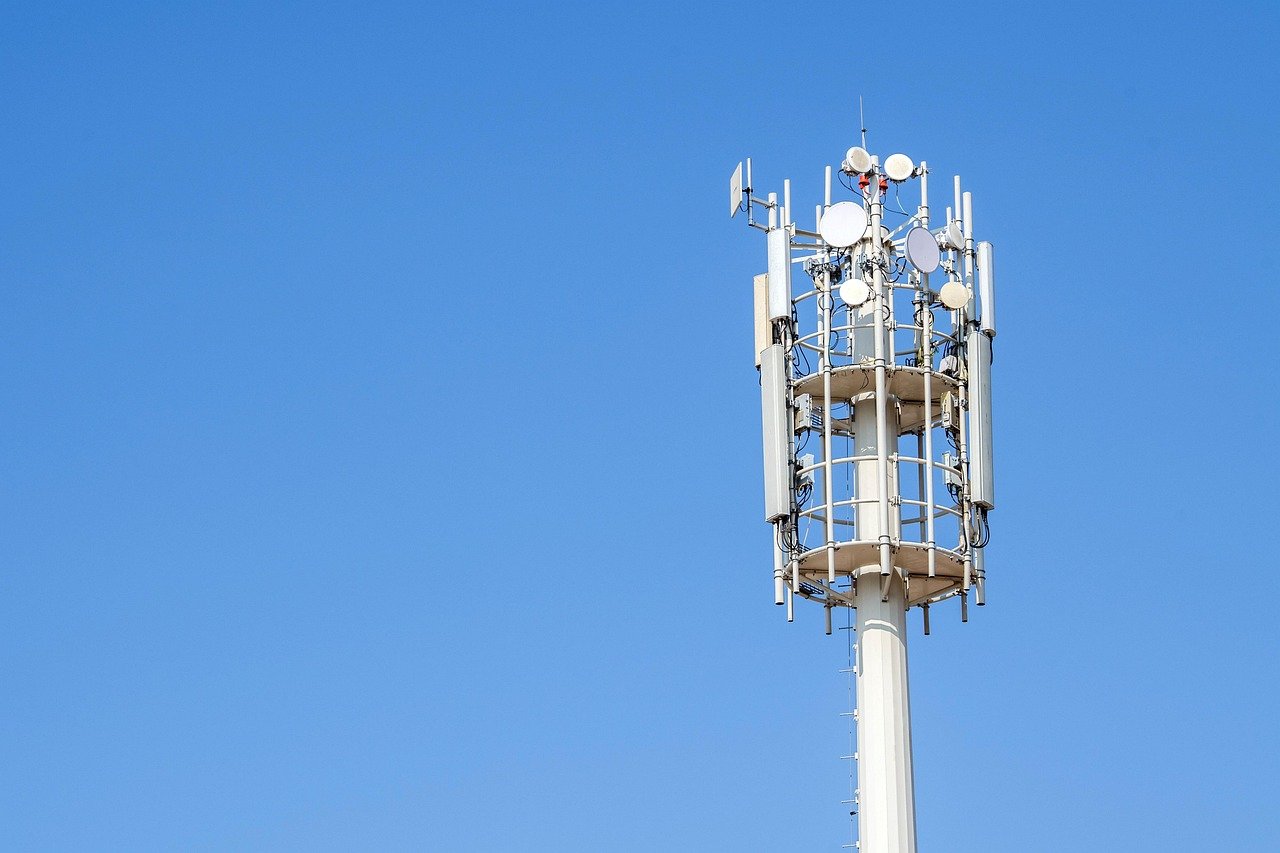A state wide area network (SWAN) is a government-backed infrastructure designed to connect multiple departments, districts, and administrative offices across a state through a secure and high-speed digital communication system. It serves as the backbone for e-governance, enabling smoother coordination, faster communication, and efficient service delivery to citizens. This article explores the concept, benefits, components, and significance of a state wide area network in today’s digital era.
Also, explore Telemetryczny: Complete Guide to Modern Telemetry Systems
What is a State Wide Area Network?
A state wide area network is essentially a telecommunication network implemented at the state level to integrate government services, offices, and institutions. Unlike local area networks (LANs) that are limited to a small location, a SWAN covers large geographical areas, connecting urban, semi-urban, and rural government offices. The objective is to establish a digital governance framework that enhances transparency, efficiency, and accessibility.
Key Components of a State Wide Area Network
The efficiency of a state wide area network depends on its infrastructure and technological ecosystem. The major components include:
- Network Backbone: A high-speed fiber optic network that ensures data transfer across multiple districts and subdivisions.
- Core Connectivity: Integration of routers, switches, and gateways to manage the flow of data between administrative offices.
- Data Centers: Centralized systems where government applications, citizen services, and databases are hosted securely.
- Last-Mile Connectivity: Extending services to the grassroots level, including panchayats, blocks, and rural offices, often using wireless technology or leased lines.
- Network Security: Deployment of firewalls, intrusion detection systems, and encryption to safeguard sensitive government data.
Benefits of a State Wide Area Network
The establishment of a state wide area network brings numerous advantages for governments, businesses, and citizens alike.
- Efficient Governance – Enables seamless sharing of data and information between departments, reducing paperwork and delays.
- Digital Inclusion – Extends the benefits of digital platforms to rural and remote areas.
- Cost Savings – Minimizes duplication of infrastructure by providing a centralized communication backbone.
- Citizen-Centric Services – Facilitates quick access to e-services like online certificates, licenses, and public grievance redressal systems.
- Secure Data Management – Ensures that sensitive information is protected from unauthorized access.
Role in E-Governance
A state wide area network plays a pivotal role in the implementation of e-governance projects. By integrating IT infrastructure across departments, governments can offer services such as:
- Digital certificates and IDs
- Online grievance redressal
- Electronic payments for utilities and taxes
- Centralized monitoring systems for development projects
It bridges the gap between the government and citizens, making governance more accountable and transparent.
Challenges of Implementing a State Wide Area Network
Despite its benefits, the deployment of a state wide area network faces certain challenges:
- High Infrastructure Costs – Establishing and maintaining a SWAN requires significant financial investment.
- Cybersecurity Risks – Ensuring data protection against cyber threats is a continuous challenge.
- Technological Upgrades – Constant updates are needed to keep the network aligned with modern innovations.
- Connectivity Issues – Rural and remote regions may face difficulties due to poor broadband penetration or terrain-related obstacles.
Future of State Wide Area Networks
With the rising demand for digital transformation, the future of SWANs looks promising. Governments are increasingly focusing on integrating cloud computing, artificial intelligence, and IoT (Internet of Things) to enhance the efficiency of governance. Expanding broadband connectivity and ensuring cybersecurity will remain key priorities.
Frequently Asked Questions (FAQs)
1. What is the main purpose of a state wide area network?
The main purpose of a state wide area network is to connect government offices and deliver efficient, transparent, and accessible e-governance services.
2. How does a state wide area network differ from a LAN?
A LAN is limited to small areas like an office or building, while a state wide area network covers entire states, connecting multiple districts and administrative units.
3. What technologies are used in a state wide area-network?
SWANs rely on fiber optics, wireless technologies, leased lines, routers, and secure data centers for connectivity and management.
4. How does a state wide area-network benefit citizens?
Citizens can access services like online certificates, bill payments, and grievance redressal through a state wide area network, making governance faster and more transparent.
5. What are the major challenges in maintaining a state wide area-network?
The main challenges include high infrastructure costs, cybersecurity risks, need for continuous upgrades, and connectivity gaps in rural areas.
Conclusion
A state wide area-network is a cornerstone of modern governance, bridging the gap between citizens and the state through digital connectivity. By integrating offices, services, and applications into a unified platform, SWANs ensure improved efficiency, transparency, and accessibility. Despite challenges like cost and cybersecurity, their role in building a digital society remains undeniable. With continuous innovation, SWANs will continue to shape the future of e-governance and digital transformation.
